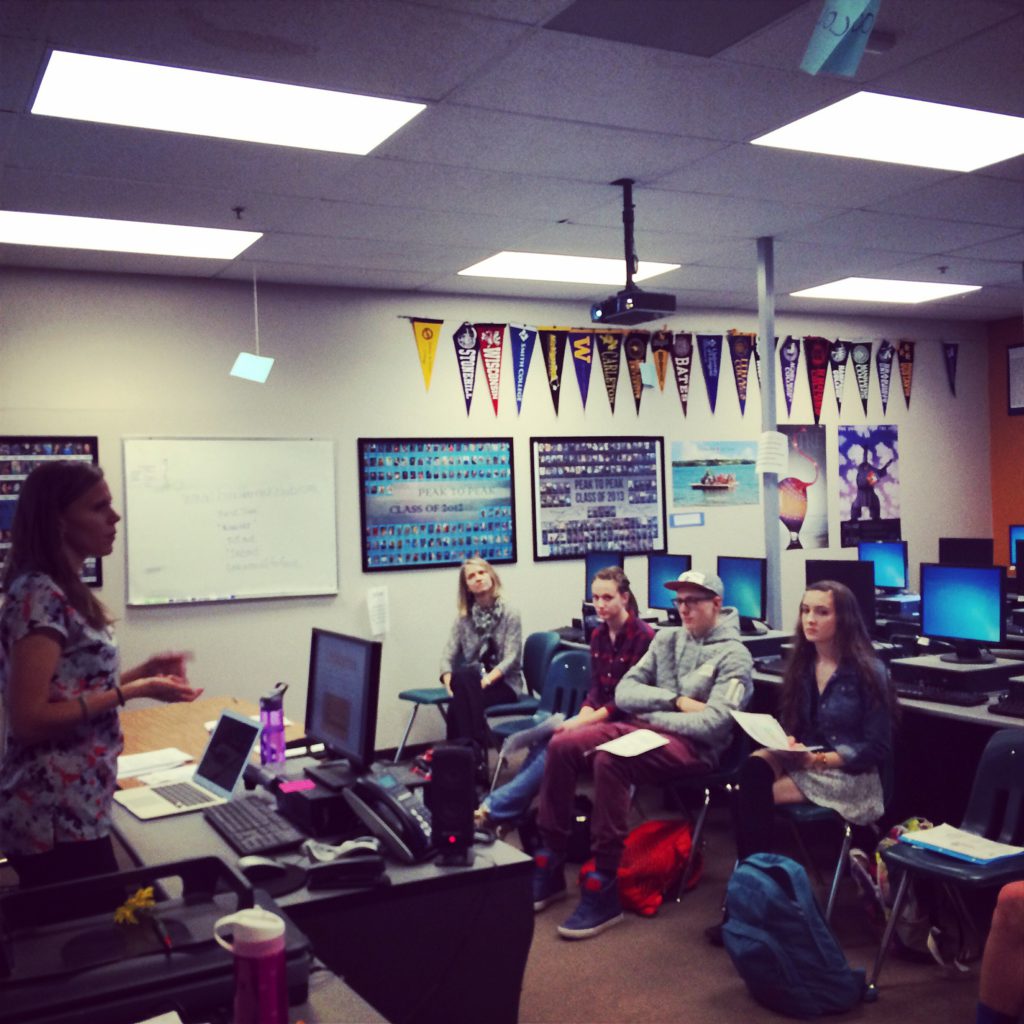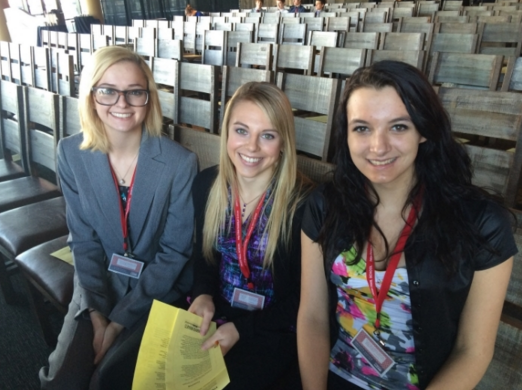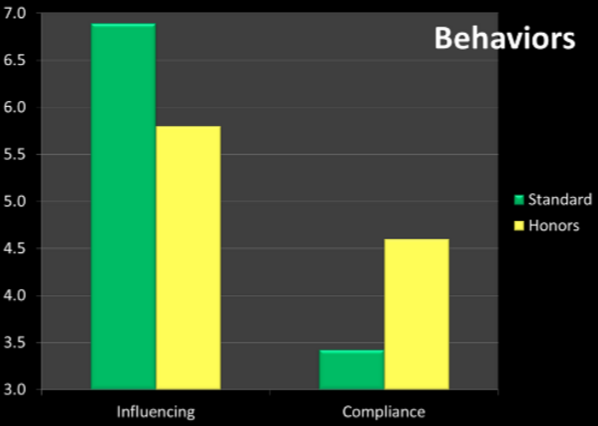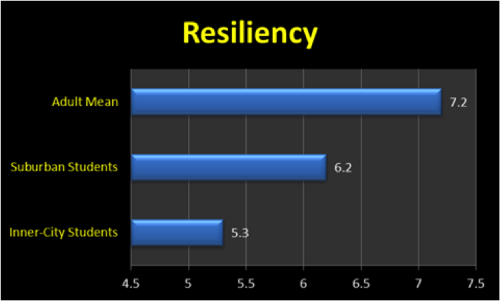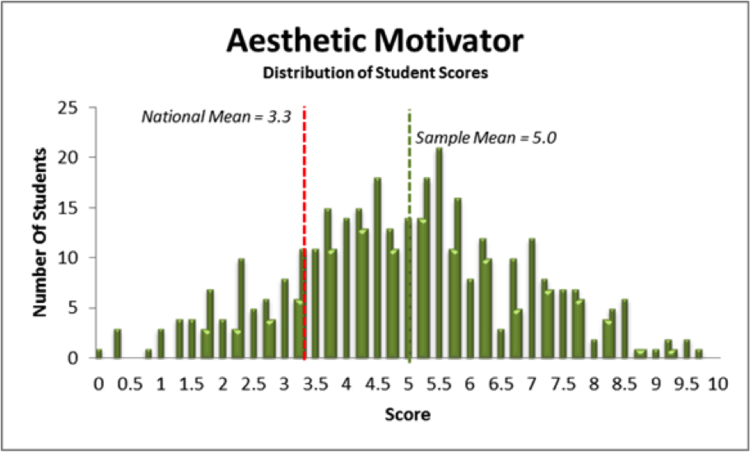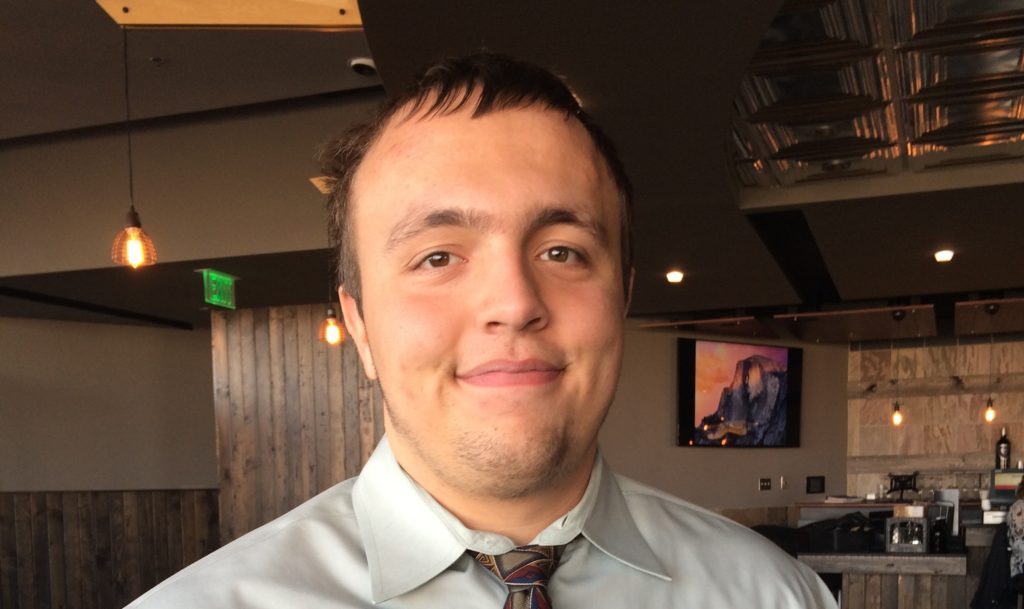Peak to Peak Juniors Learn to Follow Their Passions
Peak to Peak Juniors Learn to Follow Their Passions
February 13th 2015, Written by Marie Campbell
“Don’t ask what the world needs. Instead, ask what makes you come alive, and go do that. Because what the world needs is people who have come alive.” – Howard Thurman
Peak to Peak Charter School in Lafayette, CO recently administered the Indigo Assessment to all high school students and faculty. Early this week, Indigo staff led an all-day workshop for 11th grade students, using individual Assessment results to help guide students into college programs well suited to their unique passions and learning styles.
“When have you felt most alive?” Rachel Thor, Indigo team member in charge of curriculum development, asked every 11th grade class. This question forms the core of Indigo’s mission and serves as a guiding light for students heading toward adulthood. Thor asked students to consider a moment in their lives when they felt completely alive and full of energy. The Indigo Assessment, she explained, is a way to “unpack the reasons behind what made that moment so special to you” and apply that knowledge to life.
At Peak to Peak, 11th grade is the age when students begin the college application process. For many, this is a daunting step. Thor asked one class of nine students, “How many of you think this whole college application thing is a breeze, and you’re not stressed about it at all? Raise your hands.” No one responded; the room was still. Thor smiled. “And how many of you are nervous?” Tentative hands went up.
Thor explained that, while many students fear the application process, college offers a remarkable opportunity to personalize education. “You get to choose how, what, and where you want to learn. All you need to know is: what matters most to you, and how do you learn best?” That’s where the Indigo Assessment comes in. Thor walked students step by step through their Assessment results, explaining their unique Behavioral Styles, Motivators, and Personal Skills.
One student, Bradley, shows high scores in the Individualistic and Utilitarian motivators, which means that he seeks to have control over his destiny and desires a return on investments. Thor asked him to share a moment of aliveness, and he started to laugh. “Starting a business with my friends and investing in the stock market,” Bradley answered. A female classmate chimed in with her assessment of Bradley: “It’s like, exactly right!”
Jahla Seppanen, Indigo Communications Manager, encouraged Bradley to “ask colleges, when you go to interviews, how many of their graduates get jobs.” For a passionate Utilitarian, “You want to make sure that the degree you get is going to be worth the money.”
Another female classmate has a high Influencing score for her Behavioral Style. High “I”s tend to be outgoing and people-oriented. This Peak to Peak Junior confirmed, “I’m always the one taking charge and talking.” Indigo members encouraged her to seek a community-oriented university where professors promote group discussion.
Throughout each workshop, Thor stressed the fact that, with the Assessment, there are no right or wrong answers. “This is the blueprint of who you are, and the world needs all of these people in different places.” Peak to Peak will continue to integrate Indigo with existing curricula, contributing to school-wide student empowerment and guiding students toward a life of fulfillment.
The Indigo Education Company is currently working with six high schools to help integrate customized non-academic data with existing academic curricula. To learn more, click here.
Peak to Peak Juniors Learn to Follow Their Passions Read More »

